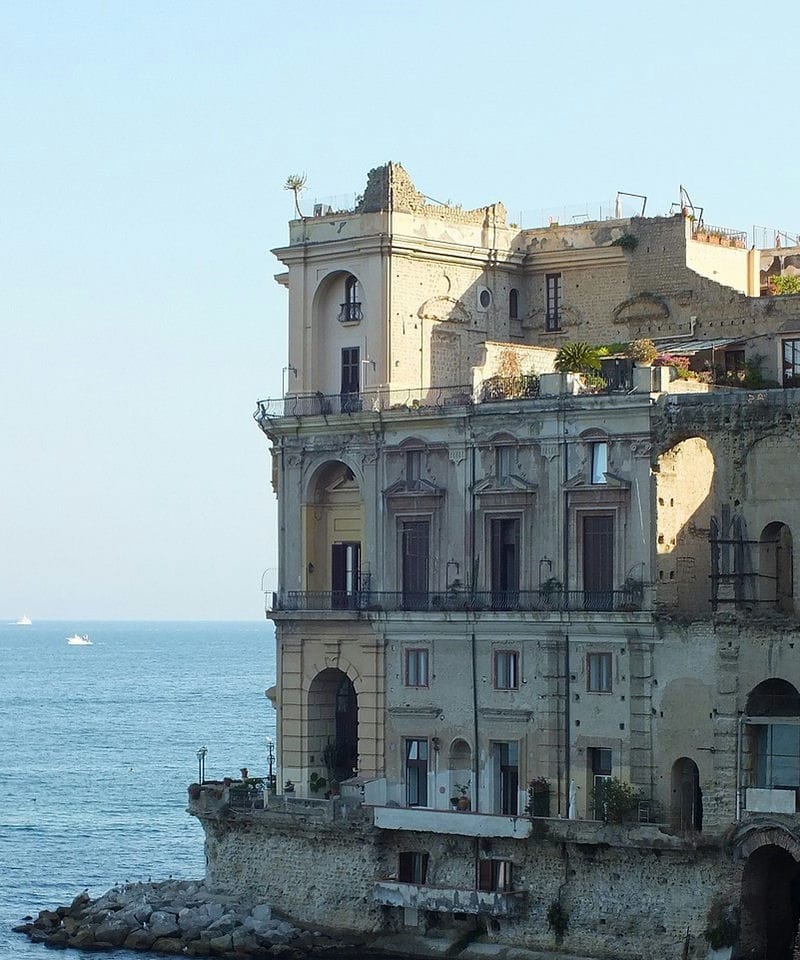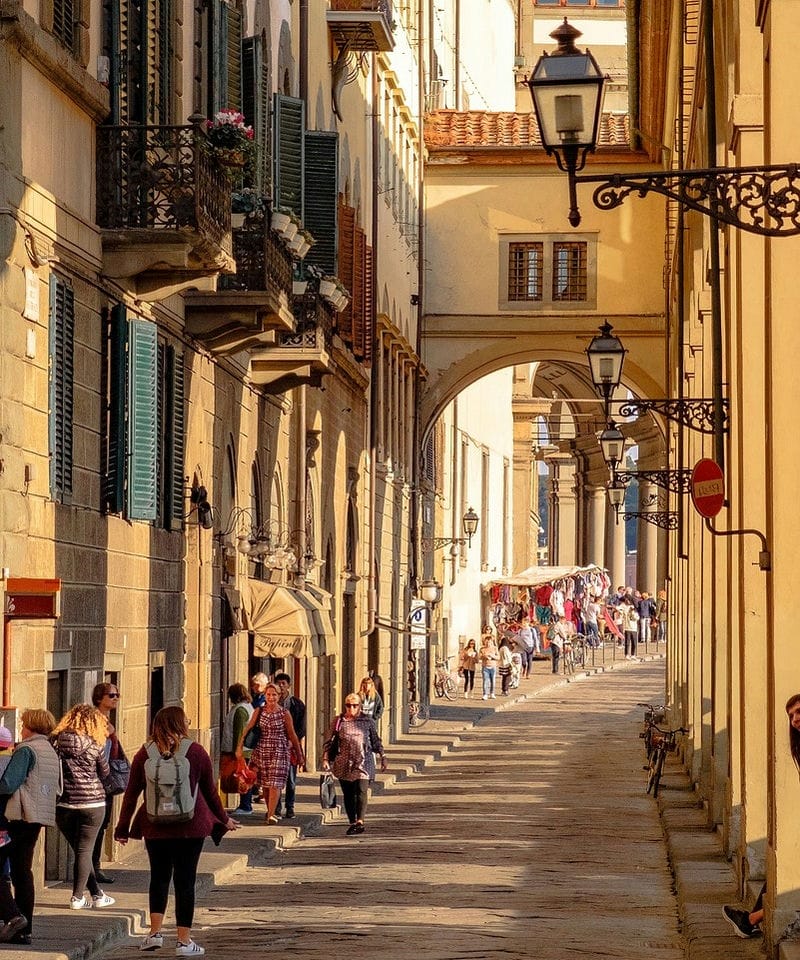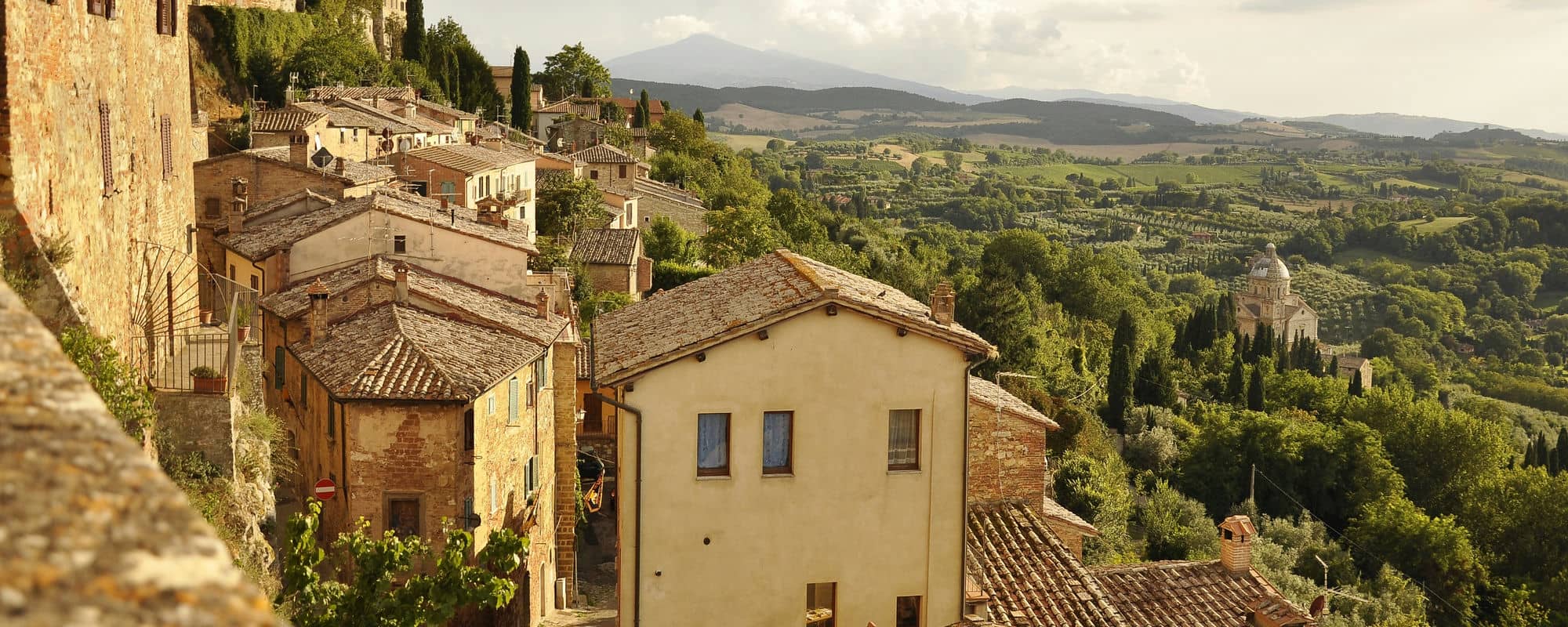
Weather in Italy in March: Your Ultimate Guide to Springtime Climates
Key Takeaways
- The weather in Italy in March varies, with milder temperatures prevailing in the southern regions and colder, occasionally snowy conditions in the north.
- In March, Italy experiences a transitional period marked by a blend of winter and spring weather.
- The month is characterized by fluctuating weather, with the possibility of both rainy days and clear, sunny skies, making it crucial for visitors to pack layers and waterproof gear.
- Planning a trip in March should include consideration of regional climate differences, potential festivals, indoor activity options, and varied geographic locations to enhance the travel experience.
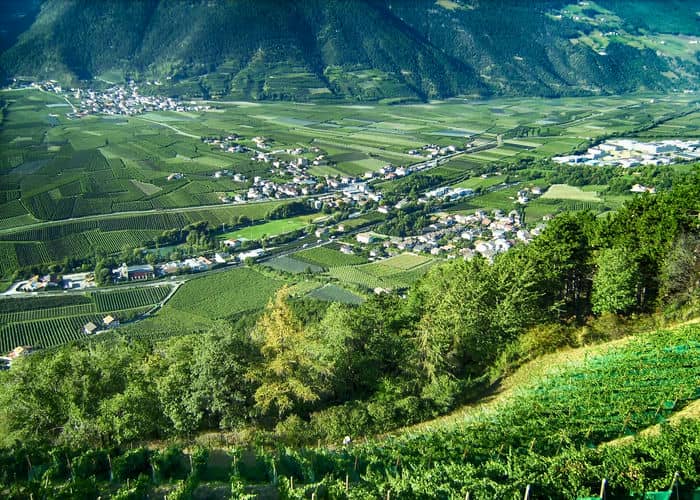
Traveling across Italy in March offers travelers a unique experience, balancing the quiet, waning days of winter and the first breath of spring.
This period, often referred to as the shoulder season, means fewer crowds and typically lower prices for accommodations and attractions.
Travelers can expect a wide range of weather conditions across the country during this month.
It can still be quite chilly in the northern regions with a lingering possibility of snow, especially in mountainous areas, while the southern regions enjoy milder temperatures.
March marks the beginning of spring in Italy, with the weather gradually warming up and the days getting longer.
It's a wonderful time when the country begins to shake off the winter cold, and although there is still a fair chance of rain throughout, one can also enjoy sunny days perfect for outdoor activities.
The variance in climate from north to south means that travelers can tailor their itinerary accordingly, possibly starting in the chillier north and making their way down to the sunnier south.
For example, a trip might begin with the remnants of Venice’s carnival celebrations and end along the blooming trails of the Amalfi Coast.
Historical Weather Patterns in Italy in March

Much like the weather in Greece in March, during that time, Italy transitions from the chill of winter to the milder temperatures of spring.
Historical weather data offer insights into how the temperatures range and what average conditions travelers should expect during this period.
Average Temperature in March
Historically, Italy experiences moderate temperatures in March. In major cities like Rome, the average maximum daytime temperature is around 15°C (59°F), while at night, minimum temperatures tend to hover around 10°C (50°F). Given its varied geography, temperatures can fluctuate from the North to the South of Italy.
Precipitation Levels
March's precipitation varies significantly across Italy. For instance, the island of Lampedusa may see around 35mm (1.4 inches) of rainfall, while the coastal regions and cities usually experience moderate rainfall as well.
The northern areas, particularly in locations like Vogogna, can accumulate up to 154mm (6.1 inches) of precipitation, often in the form of snow or rain.
Wind Patterns
The wind patterns in Italy during March can be quite changeable, with areas in the North, like the Alpine regions, experiencing cooler and stronger breezes. In contrast, coastal areas have gentler winds. The Sirocco wind, coming from the Sahara, can affect the weather in Southern Italy, occasionally bringing higher temperatures and dust.
Historical Weather Events in March
Italy has witnessed various significant weather events in March throughout history. While extreme events are rarer, fluctuating conditions can lead to heavy precipitation and anomalies in temperature, deviating from the norm. These events, however, tend to be localized rather than widespread.
Historical weather patterns are vital for planning and preparation, as they provide valuable context for both residents and visitors to Italy in March.
Regional Variations in Weather Across Italy in March

March in Italy showcases a spectrum of climate variations, with temperatures and precipitation levels varying significantly from the north to the south and from coastal areas to inland regions.
Northern Italy
In Northern Italy, temperatures in March often fluctuate between 35-55°F (2-13°C). This region, closer to the Alps, can still experience chillier weather with the possibility of snow, especially in mountainous areas.
Central Italy
Central Italy sees milder conditions with temperatures ranging from 45-60°F (7-16°C). Cities like Florence and Rome start to feel the warmth of spring, although rain showers are still common.
Southern Italy
Traveling further south, Southern Italy experiences somewhat warmer weather with temperatures typically spanning 50-60°F (10-16°C). Regions like Sicily and Calabria can have more sunny days, hinting at the approaching summer sun.
Coastal Areas vs. Inland Regions
The climate in coastal areas tends to be milder compared to inland regions where the weather can be more extreme. Coastal zones benefit from the sea's moderating influence, leading to warmer winters and cooler summers, while inland areas have a more pronounced range of temperatures. Beach locations, still relatively quiet in March, provide a peaceful ambiance before the peak tourist season.
Weather Activities and Events in Italy in March

March in Italy offers a mix of spring weather with sunny days ideal for outdoor activities and events. Travelers can expect fewer crowds, which makes it easier to enjoy popular destinations and participate in local festivals and events.
Festivals and Events
Italy hosts numerous festivals and events in March that celebrate its rich culture and seasonal transition. Here are some notable ones:
- Festa della Donna: Celebrated on March 8, International Women's Day is marked by giving mimosa flowers to women.
- Festa di San Giuseppe: Also known as Father's Day, occurring on March 19, this festival often includes religious processions and cuisine like the traditional zeppole pastries.
- Easter-related events may commence by late March (or even early April and May), with Holy Week observances leading up to Easter Sunday, characterized by solemn processions and masses, especially in Rome and Vatican City.
Outdoor Activities

March's mild weather is suitable for a variety of outdoor activities:
- Exploring the endearing Canals of Venice on a gondola ride allows for a unique perspective of the vibrant historic city.
- Hiking in Cinque Terre offers trails with scenic views of the Mediterranean and quaint villages.
Popular Destinations
Lesser crowds in March mean more serene experiences at popular destinations:
- Venice, with its fewer tourists, enhances the charm of exploring its waterways and narrow alleys.
- The Tuscany region begins to bloom, making it ideal for countryside tours and vineyard visits.
- For family-oriented travels, destinations like Rome, Florence, and Venice provide a blend of educational and recreational activities enriched with Italy's extensive history and culture. More information on traveling to Italy With Kids offers insights on engaging the whole family on a trip to Italy.
Packing Tips for Traveling to Italy in March
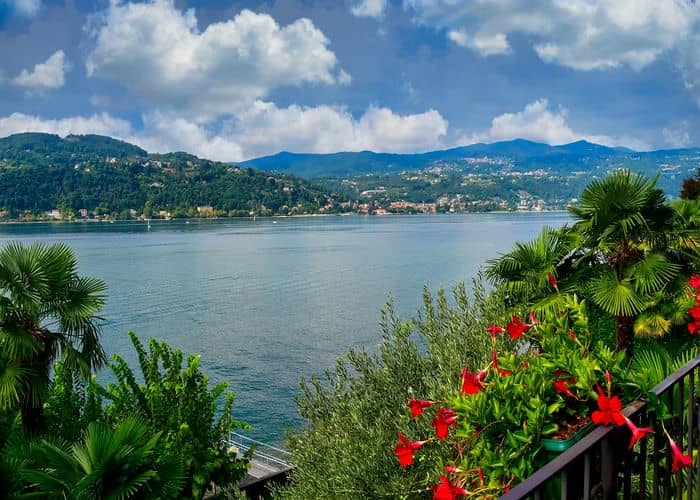
When planning a trip to Italy in March, packing appropriately is key due to the transitional weather, offering a mix of chilly and mild spring temperatures.
Clothing Recommendations
Pack layers to accommodate the fluctuating temperatures that characterize Italy in March. Begin with:
- Thermal or lightweight, long-sleeve base layers
- Add insulating mid-layers such as fleece or wool sweaters
- Top off with a waterproof, wind-resistant jacket
For the lower body, include:
- Comfortable jeans or trousers
- Thermal leggings for colder days in the north
Don't forget:
- Sturdy, water-resistant walking shoes
- A mix of short and long-sleeve tops for warmer afternoons
- Scarves, hats, and gloves for colder days, especially in the north
Essential Items to Pack
To be fully prepared, remember to bring the following:
- Umbrella: Sudden showers are common
- Sunglasses: For bright, sunny days
- Portable charger: Ensure your devices stay charged during long days of exploration
For families traveling with children, consider the suggestions from our Italy for Families blog post to ensure a comfortable and engaging trip for all ages.
Tips for Different Activities and Destinations

For city tours and cultural visits:
- Comfortable walking shoes are a must
- Crossbody bag or backpack to carry daily essentials
For outdoor adventures or exploring the countryside, pack:
- Hiking boots if you plan on walking trails, especially in regions like Cinque Terre or the Dolomites
- Binoculars and camera for capturing Italy’s stunning natural beauty
In coastal regions or the south, you might experience warmer weather, so bring:
- Light jackets or sweaters
- Breathable cotton tops for comfortable layering
Remember, packing efficiently for a trip to Italy in March revolves around versatility and preparedness for a diverse range of weather conditions. Whether you find yourself enjoying urban life or the rolling hills of the countryside, having the right items will help make your experience ideal.
Best Places to Visit in Italy in March for Weather

March in Italy is a month of transition where the climate slowly shifts from the cool, crisp days of winter to the softer, milder beginnings of spring. This period offers a variety of climates across the country, making it an excellent time for tourists to enjoy fewer crowds and experience the varied weather in top cities, coastal towns, and mountainous regions.
Top Cities
Rome: The eternal city starts to see warmer days in early March with an average high of 16°C (61°F), making it comfortable for sightseeing historical sites. Visit the Colosseum or take a trip to Vatican City to appreciate the beauty of Saint Peter’s Basilica without the peak season crowds.
Venice: With slightly cooler temperatures ranging around 12°C (54°F), Venice provides a unique charm in March. The canals are less crowded, offering a more tranquil experience of the Grand Canal by gondola or motorboat.
Milan: Renowned for fashion and design, Milan is still crisp in March, with temperatures hovering around 13°C (55°F). Outdoor cafe culture begins to blossom and touring iconic landmarks like the Teatro alla Scala without the lines is a tangible perk.
Mountainous Regions
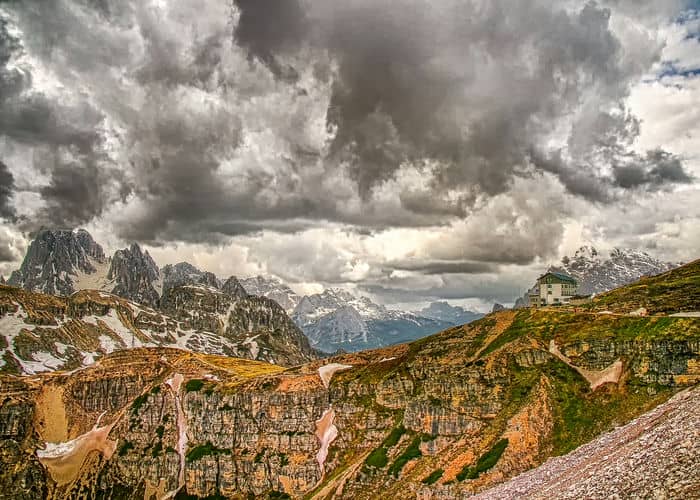
Mountainous Regions
Dolomites: For ski enthusiasts, March is still a viable time to hit the slopes in Italy's ski resorts, and specifically the Dolomites.
While the weather can be variable, the snow conditions are generally suitable for skiing, albeit a bit icier compared to earlier in the ski season elsewhere.
With fewer tourists, it's easier to enjoy winter sports without long waits.
Listing the above guidelines, the sections are divided to showcase a balanced perspective on visiting Italy in March, covering temperature variations and potential travel experiences across different geographical areas.
Coastal Towns
Amalfi Coast: This picturesque stretch begins to wake up from its winter slumber. Mild weather welcomes visitors to towns like Positano, with temperatures ranging around 15°C (59°F). Seafront dining becomes more appealing as establishments reopen.
Sicily: The largest island in the Mediterranean, Sicily, offers a blend of culture and history, with temperatures in March averaging around 16°C (61°F), away from the summer heat and the winter cool.
Places like Taormina provide stunning views of the sea combined with the beginning warmth of early spring.
Local Insights and Tips for Dealing with March Weather in Italy
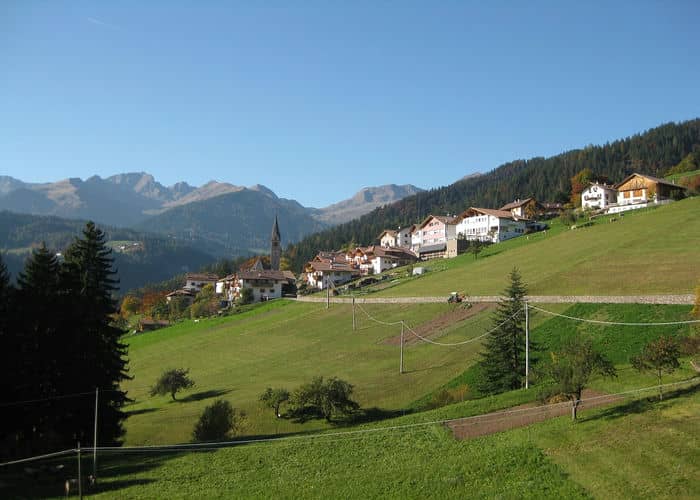
Variable weather conditions characterize March in Italy as the country transitions from winter to spring. Visitors should prepare for fluctuations in temperature and weather patterns during this period.
Advice from Locals
Packing Essentials:
- Northern Italy: Locals recommend layers, with a heavy jacket for cooler temperatures that can drop to 2°C (35°F).
- Central Italy: A medium-weight jacket and long-sleeved shirts are advised, with temperatures ranging between 7°C (45°F) and 16°C (60°F).
- Southern Italy: Lighter layers are suitable, with temperatures typically between 10°C (50°F) and 16°C (60°F).
Local Habits:
- Italians tend to dress according to the season, not the weather, so visitors may wish to follow suit to blend in.
- An umbrella and water-resistant shoes are wise, as March can bring unexpected showers.
Cultural Considerations

Events and Dining:
- March is part of Lent, affecting restaurant menus; seafood may be featured more prominently, especially on Fridays.
- Outdoor cafés start to open up, offering a chance to enjoy milder days, but seating may be limited due to cooler evenings that very few tourists want to spend outdoors anyway.
Activities:
- Many Italians will begin to frequent parks and outdoor spaces in March, a practice that visitors can mimic to enjoy the emerging spring.
Safety Precautions
Weather-Related Safety:
- It is crucial to check the local forecast regularly due to March's unpredictable weather in Italy.
- While the overall temperature range in March is from 2°C (35°F) to 16°C (60°F), sudden cold snaps or rainstorms can occur.
Health Precautions:
- Visitors should stay hydrated and dress in layers to adapt to the changeable weather.
- Comfortable, anti-slip footwear is recommended to navigate wet cobblestones and occasional frost, especially in the North.
Final Thoughts
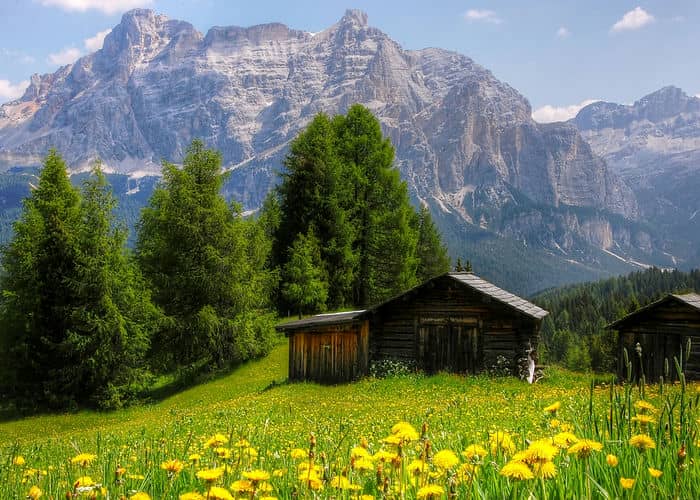
As travelers plan their visit to Italy in March, they should consider regional festivities and pack according to the diverse weather conditions they might encounter.
An umbrella and layers are essential for this unpredictable month. Additionally, understanding the seasonal offerings in various locations helps in shaping an itinerary that can take full advantage of Italy's March climate.
This means they should be prepared, whether it includes participating in local festivities, partaking in seasonal cuisine, or exploring the country's iconic historical sites without the summer throngs.
For those wondering how many days to allocate for their dream trip there, it's beneficial to check resources like 'How Many Days Do You Need in Italy?' which provides insights into creating a balanced travel plan.
The best time to travel to Greece and Italy is subjective. Do your research and pack your bags for endless fun!






